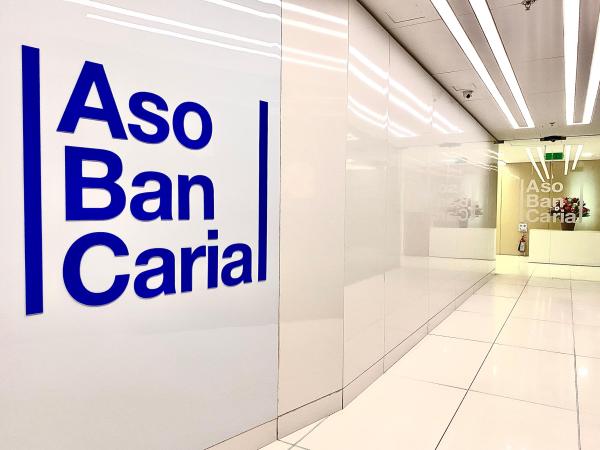Within the framework of COP16, the Association of Banking and Financial Entities of Colombia (Asobancaria) revealed the x-ray of how the portfolio is in the biodiversity and adaptation segment.
You may be interested in: Asobancaria explains why the sector’s profits fell close to 50% in 2023
Thus, the president of the union, Jonathan Malagón, reported that the banks’ sustainable portfolio currently amounts to $72 billion, which represents 10% of the credit portfolio; of which $17 billion correspond to green portfolio (2.4%) and $3.5 billion to biodiversity and adaptation (0.5%).
“We want the portfolio in Colombia go from 2.4% to 11% in 2030“We not only want it to grow, but we want it to grow in relation to the rest of the activities, to gain participation in the total portfolio, that is our arrival point, a double-digit weight of the green portfolio.”said the union leader.
What is the proposal to increase financing?
Under this context, Malagón announced that the banking sector has proposed to increase financing in this segment nine-fold, bringing it $3.5 trillion to $33 trillion in 2030, going from 0.5% to 3% of the total biodiversity portfolio in that same period.
“The weight of the portfolio associated with adaptation and biodiversity will grow 6 times, even more than what the green portfolio is growing,” he added.
The idea of the union establishes the creation of a system that will promote the development of combined financing instruments, or blended finance in English, for productive projects focused on restoration, adaptation and resilience of biodiverse ecosystems.
Recommended: For 2024 Asobancaria estimates low credit growth
“The financial sector plays a key role as an investment catalyst for sustainable projects that promote nature conservation and adequate management of the risks associated with the loss of biodiversity,” the president highlighted.
This system will generate tools focused on attracting investment to projects that may be high risk or low profitability, but that are relevant from a social and environmental point of view.
This initiative is focused on five sectors, within these are: bioeconomy, regenerative economy, ecotourism, sustainable land use and nature-based solutions.
LEIDY RUIZ
Portfolio Journalist

















